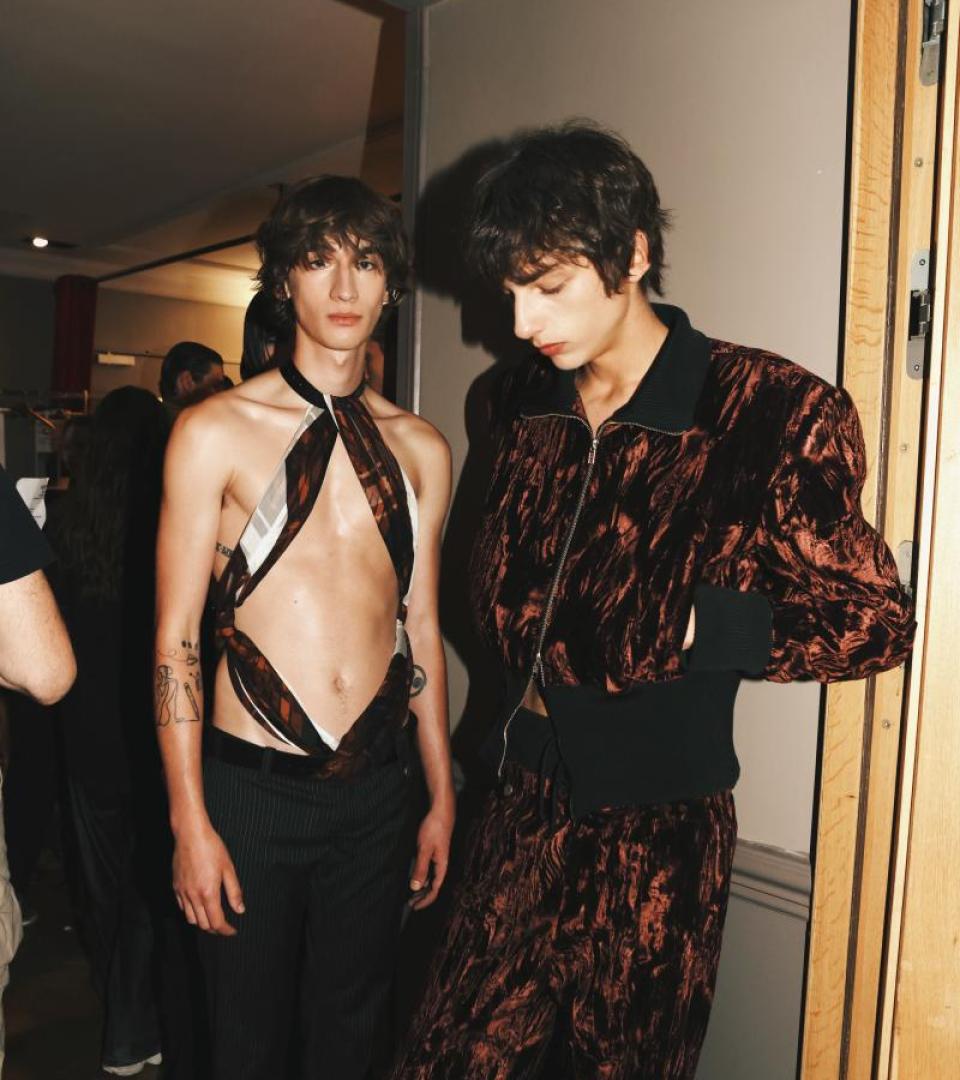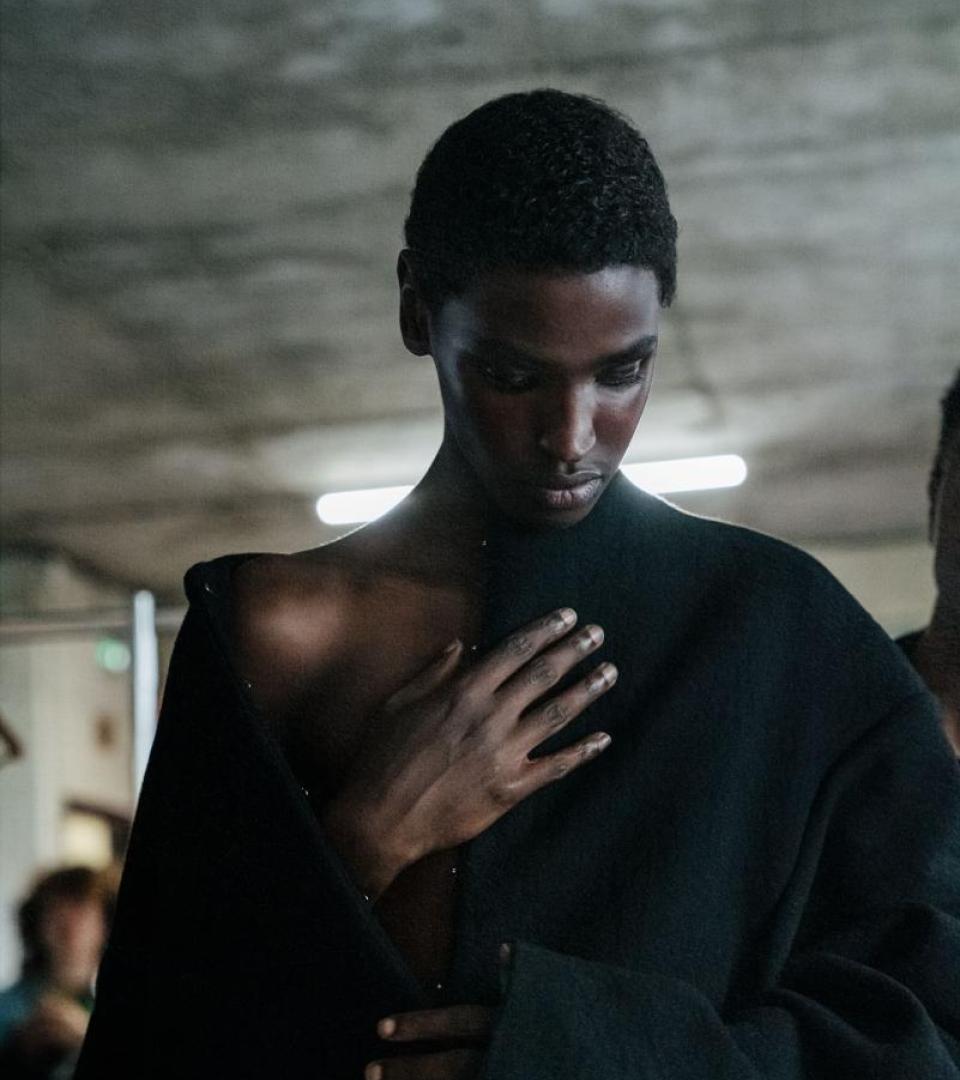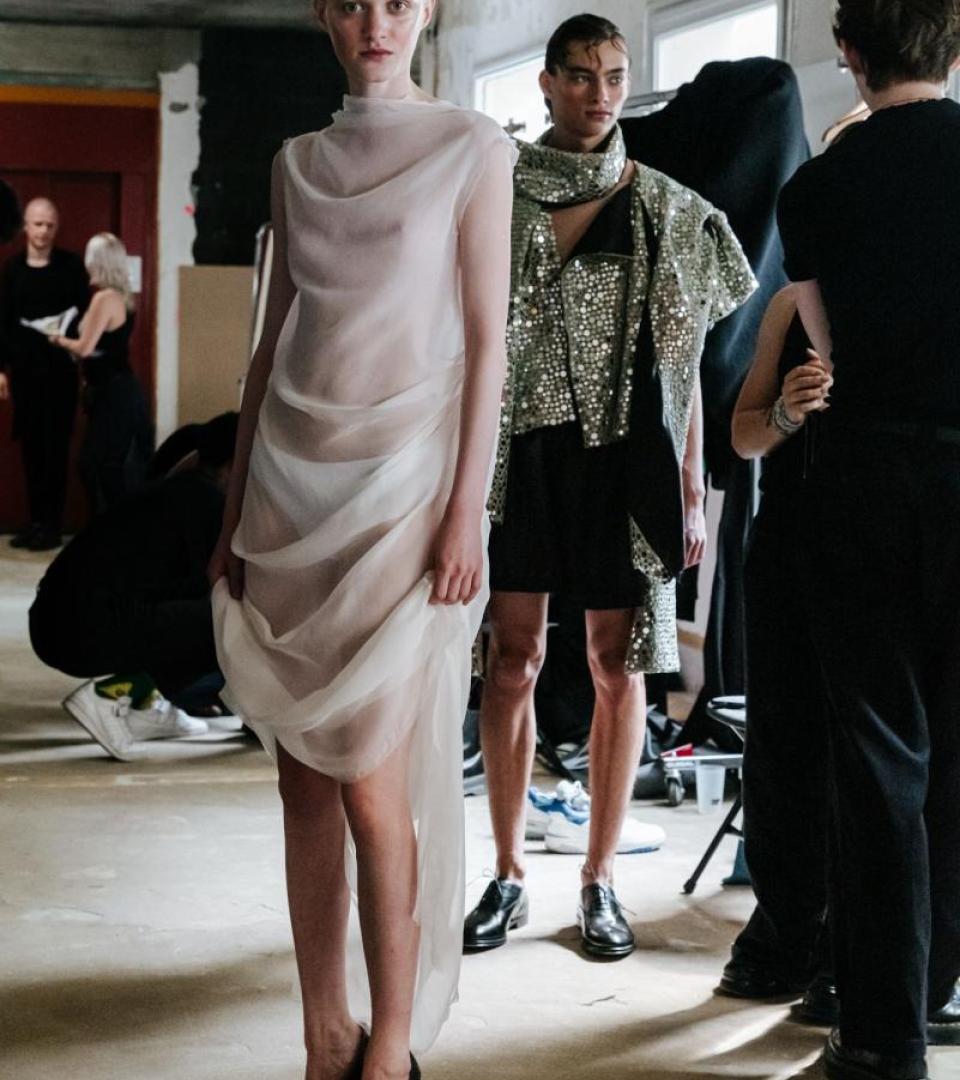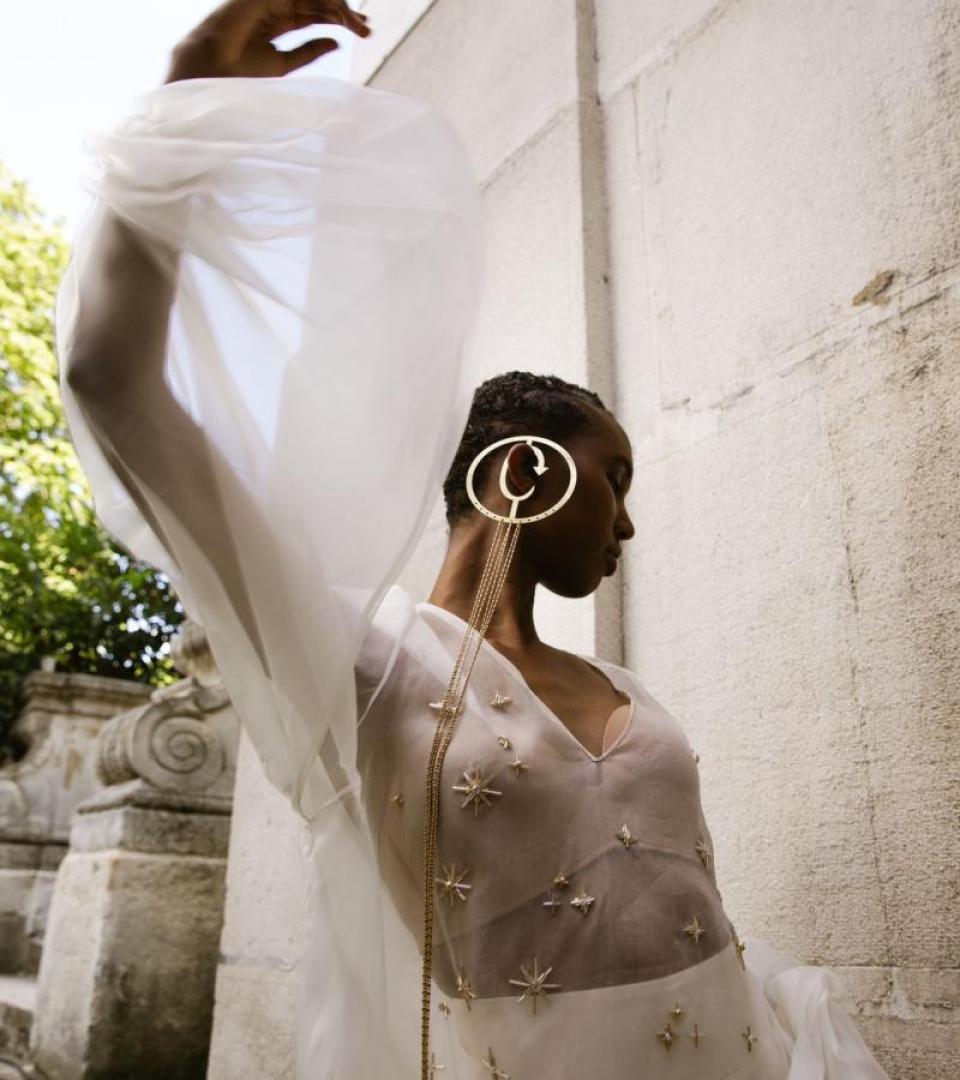What are your thoughts about the significance of this season given so many major designer debuts?
I’m curious to see how houses like Chanel under Matthieu Blazy, Balenciaga, Margiela, and Mugler will present themselves. That said, I don’t believe changing creative directors is a quick fix for sales. What really works is consistency — like what Anthony Vaccarello has built at Saint Laurent with a long-term vision and a stable visual language. While it’s entertaining to watch designers constantly rotate between houses, sometimes it feels more like a spectacle than a serious strategy.
What excites you in fashion right now?
It's the young graduates. For me, fashion has always been closer to art than business. Much of the industry today feels cautious, even repetitive. Students are still willing to push boundaries and experiment, and that’s where I see the most exciting energy.
What is one reason to be optimistic about the state of fashion going forward?
We love fashion because it’s in our DNA to love beauty — and in all its forms. That drive will always push the industry forward. Right now, the failure comes from overproduction and fast-selling strategies that strip away true value. Prices keep rising, yet real luxury — originality, iconic design, and lasting quality — is fading. That’s why many people now prefer vintage pieces: they carry more authenticity and stronger design than much of what’s new.
What are the main elements that make your work unique and fulfilling?
I’m always balancing my ideal aesthetic with the realities of business. My work is about creating what isn’t already oversaturated in the industry. I strive to bring out pieces that feel unexpected rather than predictable.
What do you enjoy most about Paris Fashion Week?
Meeting talents from all over the world — the energy of those encounters is unmatched.
Do trends still matter?
Yes, but not in the same way as before. There are no longer dominating “main” trends. Instead, we see faster-moving micro trends that appear and disappear more quickly.
What are the key cultural or societal influences shaping womenswear today, and how do they inform your creative direction?
There isn’t one single influence shaping womenswear; it’s a mix of many. For me personally, subcultures, film, and music are my strongest sources of inspiration.
Given current uncertainties, in what ways do you see brands/houses effectively driving business growth?
By putting real heart into creating meaningful products. Slowing down, focusing on quality and strong design, instead of chasing speed and numbers, is the only sustainable path.
Tell us something surprising about how you got to where you are today.
It all started with a single decision: moving to Antwerp to study fashion. That choice changed everything for me.
In what ways is AI helping you develop and realise ideas that might not have been previously possible?
AI has become a really valuable tool for me. I love testing how technology can engage with fashion. It allows me to visualise spontaneous ideas quickly, which makes my creative process and communication with the team more efficient. For example, if I imagine a presentation setup, I can describe it and generate visuals for a moodboard almost instantly. Of course, I don’t always take the result as final; but it’s a fast and inspiring way to explore possibilities.
Your brand is relatively young. How do you think you can develop it in the current fashion scenario?
By working at my own pace. I don’t want to be dragged by the industry’s speed. I focus on creating pieces I truly believe in, not chasing quantity or attention. For me, it’s about confidence in what I present to the world, not just sales and numbers.
Can you share a mantra that speaks to this moment in time?
“The only way to deal with an unfree world is to become so absolutely free that your very existence is an act of rebellion.” — Albert Camus. I love this thought. Right now, we all need to set ourselves free. Only then can we truly create.
This interview has been lightly edited.



